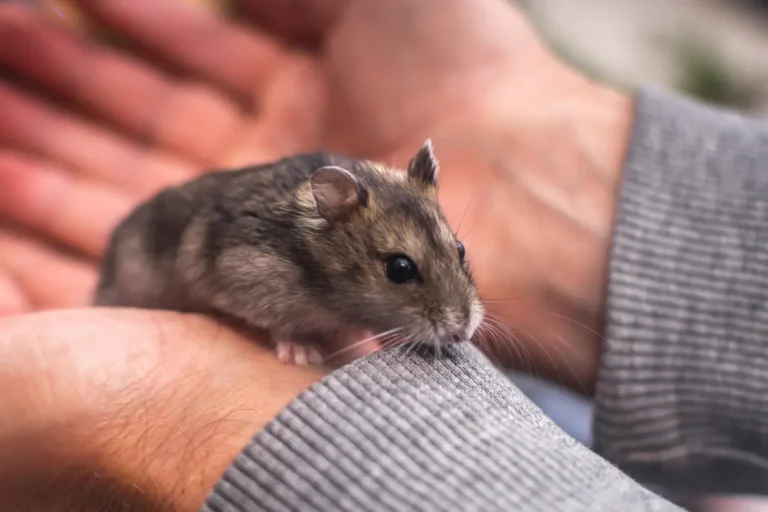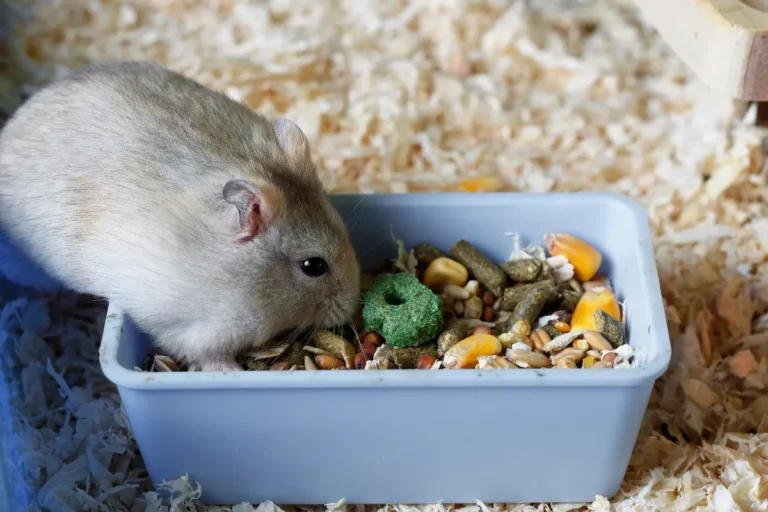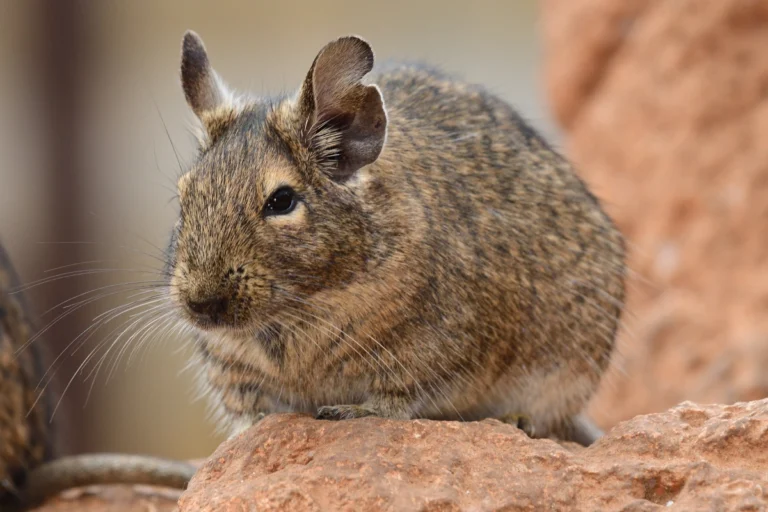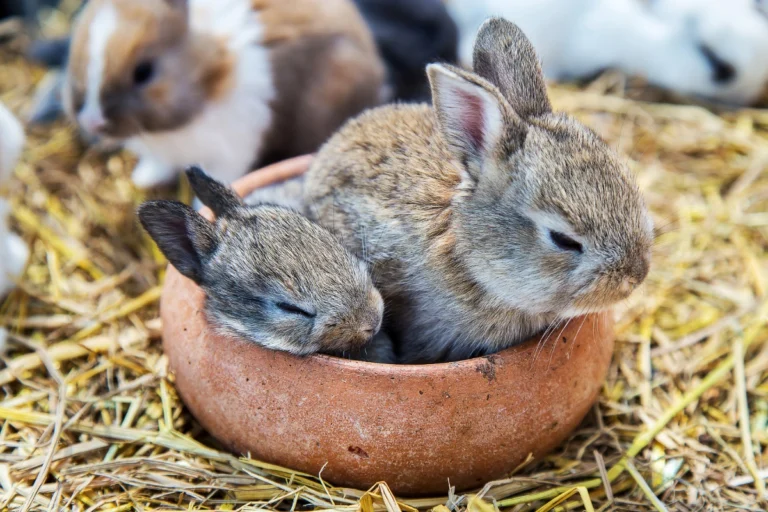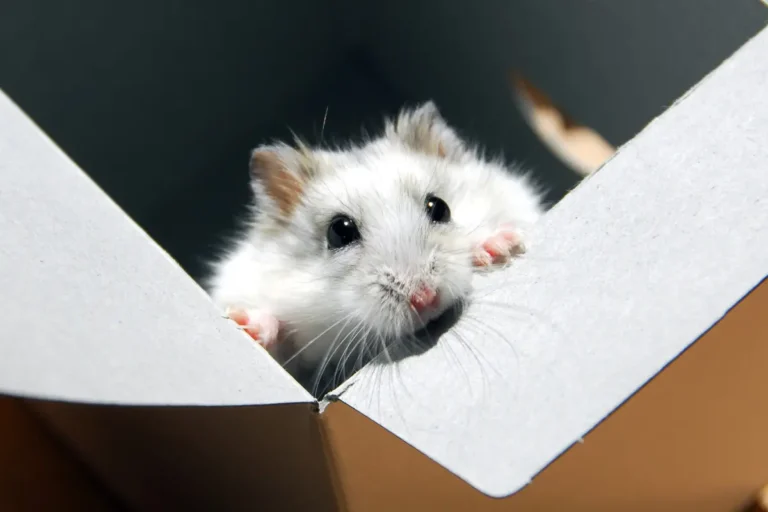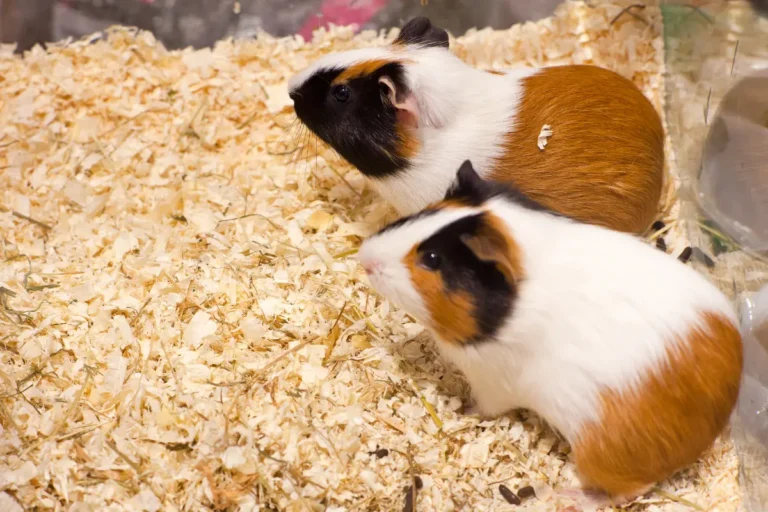Bowl or Bottle? The Best Way to Hydrate Your Hamster
Hamsters are adorable small pets that rely on access to fresh water to stay healthy and hydrated. Traditionally, water bottles are the go-to option for providing hamsters with water, but many pet owners wonder if a water bowl is also suitable for these small animals.
Can Hamsters Drink Out Of A Bowl?
Yes, hamsters can drink from a bowl. In fact, many hamsters instinctively know how to drink from a bowl, as it closely resembles how they would find water in natural habitats. However, drinking from a bowl requires careful consideration, as bowls come with their own set of challenges.
Water Bottles: The Traditional Choice
Water bottles have been a staple in hamster care for many years. Their design typically features a plastic bottle with a spout that dispenses water as the hamster licks it. The main appeal of water bottles is their ability to keep the water clean by preventing debris and bedding from falling in. However, there are several factors to consider before deciding if this is the best choice for your hamster.
Pros:
- Cleanliness: One of the primary reasons many hamster owners opt for water bottles is cleanliness. Since the water is enclosed, it is less likely to be contaminated by bedding, food scraps, or other debris, helping to maintain a more hygienic environment.
- Less Frequent Refills: Because water bottles hold more water than dishes, they need to be refilled less often, which can be convenient for busy owners.
Cons:
- Difficult to Clean: One of the major drawbacks of water bottles is their difficulty in cleaning. The spout can harbor bacteria and algae, and it’s hard to fully inspect or clean the internal components. If not cleaned regularly, bacteria can build up inside, potentially causing health issues for your hamster.
- Positioning Issues: If the bottle is placed too high or too low, your hamster may have difficulty drinking. This awkward positioning can strain their neck and cause discomfort over time. Additionally, some hamster owners worry that the spout angle could cause long-term neck issues.
- Air Blockage: Another issue with water bottles is that the ball mechanism or valve can sometimes become stuck, preventing water from dispensing properly. This could lead to dehydration if the bottle isn’t checked regularly.
Water Bowls: A More Natural Alternative
In recent years, some hamster owners, particularly in countries like Germany, have opted for water bowls instead of bottles. These dishes offer a more natural way for hamsters to drink water, as they can drink directly from an open container, similar to how they would in the wild.
Pros:
- Natural Drinking Behavior: In the wild, hamsters do not have access to water bottles. They drink from natural sources like streams or puddles, and a water dish simulates this natural behavior. Hamsters can drink from a bowl in a way that feels more intuitive and comfortable to them.
- Easy to Clean: Water dishes are generally easier to clean than water bottles. You can simply remove the dish, wash it thoroughly, and refill it with fresh water. This makes it easier to maintain a clean drinking source and avoid the buildup of bacteria or algae.
- Constant Access to Water: Unlike water bottles, which may have flow issues, a water bowl ensures that your hamster always has access to water. There are no valves or mechanisms that could malfunction, and your hamster can drink whenever they need.
Cons:
- Potential for Spillage: A water dish can be tipped over, especially if it’s not securely placed. This can lead to water leakage, wet bedding, and potentially create a mess in the cage. However, placing the bowl on a raised platform or using a stable dish can minimize this risk.
- Bacteria Build-Up: Since a water dish is open, it is more susceptible to contamination from bedding, food, and droppings. This means you will need to clean the bowl more frequently to ensure that your hamster’s water remains fresh and bacteria-free.
Which Option is Best for Your Hamster?
Both water bottles and water bowls have their advantages and disadvantages, so the choice ultimately depends on what works best for you and your hamster. Here are some key considerations to help you decide:
- If you prefer less frequent refills and a more hygienic option, a water bottle may be the best choice. Just be sure to check it regularly for malfunctions and clean it properly.
- If you’re looking for a more natural drinking experience for your hamster and a bowl that’s easier to clean, a water dish may be a better fit. Be sure to clean the dish daily and monitor for spills.
In the end, the most important thing is to provide your hamster with fresh water at all times. Whether you use a water bottle or a bowl, make sure to clean it regularly and check that the water is accessible and safe for your pet.
Combining a Water Bowl and Bottle
Many hamster owners provide both a bowl and a bottle. This allows the hamster to choose their preferred drinking method and ensures they always have access to water in case one source becomes unavailable (e.g., if the bottle nozzle clogs or the bowl is spilled).
Setting Up a Water Bowl for Your Hamster
If you decide that a water bowl is the best option for your hamster, here are some steps to ensure it is set up safely and remains clean:
Step 1: Choose the Right Bowl
Select a small, shallow, and heavy bowl to reduce the risk of tipping. The sides should be low enough for the hamster to reach easily but high enough to prevent excessive bedding from getting in.
- Material: Ceramic or glass bowls are ideal since they’re heavier and harder to tip over. Avoid plastic bowls, as they are lightweight and can be easily chewed.
- Size: Look for a bowl with a diameter of around 2-3 inches and a depth of no more than 0.5-1 inch. This size is appropriate for both Syrian and dwarf hamsters.
Step 2: Place the Bowl in a Low-Traffic Area
Place the water bowl in an area where your hamster doesn’t frequently dig or hoard food. Ideally, it should be in a low-traffic corner of the cage away from the bedding to minimize contamination.
Step 3: Check and Refill Daily
Because bowls are more prone to contamination, it’s crucial to change the water at least once a day. Replace the water even if it appears clean to ensure your hamster always has access to fresh, safe drinking water.
Step 4: Clean the Bowl Regularly
Wash the bowl with mild soap and rinse thoroughly with warm water every day. This helps prevent bacteria buildup and keeps the water fresh. Avoid using harsh chemicals, as residue can be harmful if ingested.
Step 5: Monitor Hydration and Cleanliness
Keep an eye on how much water your hamster drinks daily to ensure they’re staying hydrated. Check the bowl throughout the day to remove any visible debris, bedding, or food that may have fallen in.
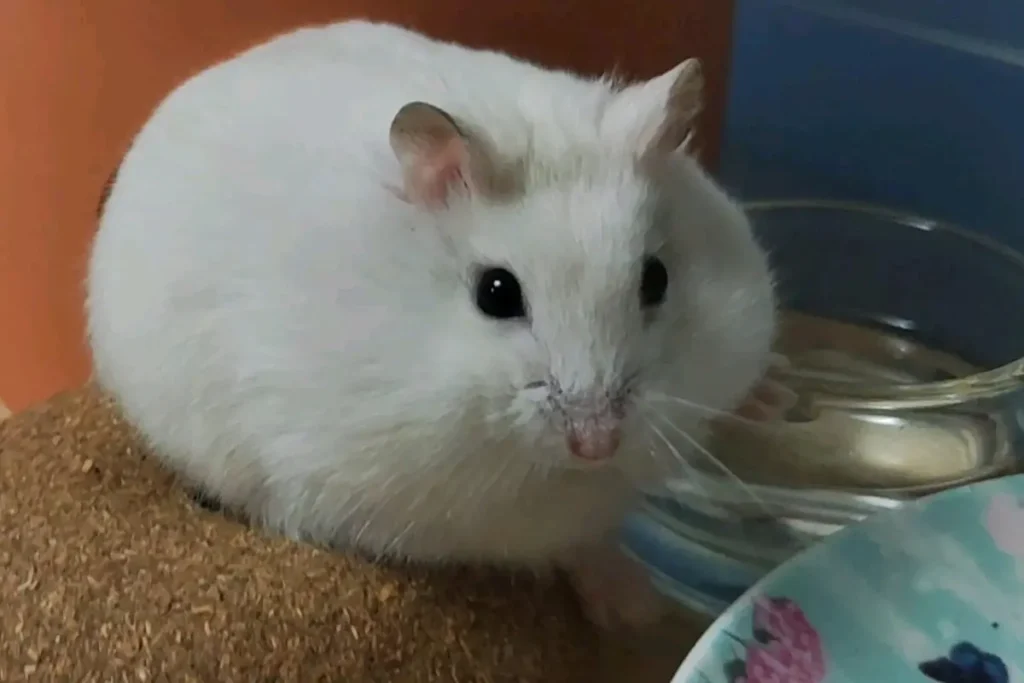
How Much Water Should Hamsters Drink?
Hamsters are sensitive to impurities, so high-quality water ensures their health and prevents any potential issues over time.
On average, a hamster drinks about 10 milliliters of water per 100 grams of body weight daily. This consumption can vary based on species, size, and other factors:
- Dwarf Hamsters (25–50 grams): Approximately 2.5–5 milliliters per day.
- Syrian Hamsters (120–150 grams): Around 12–15 milliliters per day.
Factors Affecting Water Intake
A hamster’s water consumption may increase with warmer temperatures, a dry diet, or high activity levels. Monitor water levels to ensure they’re drinking enough.
Signs Your Hamster Isn’t Getting Enough Water
Hydration is essential for your hamster’s health. Here are some signs that your hamster may be dehydrated or not getting enough water from the bowl:
- Dry or Sunken Eyes: Dehydration can cause hamsters’ eyes to appear dull or sunken.
- Lethargy: If a hamster isn’t drinking enough, they may appear unusually tired or unresponsive.
- Dry Skin: Check if the skin is dry or lacks elasticity. Dehydrated hamsters may show signs of dryness, and their skin might not bounce back quickly if pinched gently.
- Decreased Urination: If the cage bedding is less wet than usual or you notice your hamster is urinating less, it could indicate dehydration.
If you suspect dehydration, encourage your hamster to drink by moving the bowl closer to their usual resting area or switching to a water bottle. Consult a veterinarian if your hamster appears persistently dehydrated, as this could indicate an underlying health issue.
What Can Hamsters Drink Besides Water?
Hamsters should only drink plain, fresh water to stay healthy. Other liquids, such as juices, milk, or flavored water, can be harmful due to sugars, fats, and additives that hamsters cannot process well.
Why Only Water?
- Sugary Liquids: Juices or flavored drinks can lead to obesity, diabetes, and digestive issues.
- Milk and Dairy Products: Hamsters are lactose-intolerant, and milk can spoil quickly, creating bacterial risks.
- Herbal Teas: Even caffeine-free herbal teas can contain herbs that may be toxic to hamsters, so these should be avoided unless advised by a veterinarian.
Tap vs. Filtered Water
In most cases, tap water is safe for hamsters if the water quality in your area is high. However, if your tap water contains high chlorine or mineral levels, consider using filtered or bottled water. Hamsters are sensitive to impurities and clean, chemical-free water supports their health.
Final Thoughts: Ensuring Your Hamster Stays Hydrated
Water is essential for your hamster’s health, and you can choose either a bowl or bottle as long as it’s maintained properly. Here are key takeaways for each option:
- Water Bottles: Great for hygiene, minimal spills, and space efficiency, though some hamsters may find them awkward.
- Water Bowls: Offer a natural drinking method and ease of access but require frequent cleaning and monitoring for contamination.
For many owners, a combination of both a water bowl and bottle is the best solution, allowing your hamster to choose and providing a backup source.

